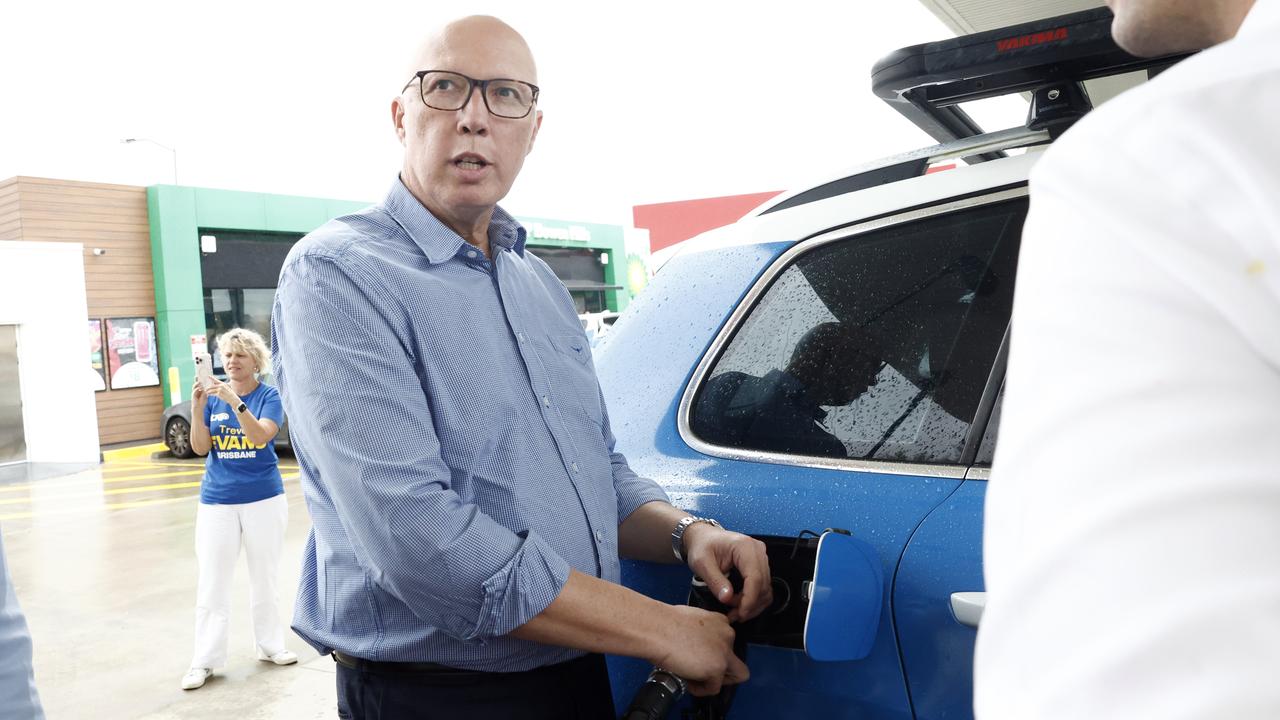Budget 2020: Iron ore, coal to keep economy kicking
Iron ore and coal exports will carry the economy through to the end of June.
Iron ore and coal exports will carry the economy through to the end of June, with Treasury recasting its commodity price forecasts while warning of ongoing damage to tourism and higher education.
Mining profits led by iron ore, which Treasury assumes will fall to $US55 a tonne by the end of the June quarter, will prop-up company tax revenue in 2020-21 before a drop in the next financial year as commodity prices decline.
Exports are forecast to fall by 9 per cent in 2020-21 and grow by 2 per cent in 2021-22, with COVID-19 impacts on international travel “severely affecting” tourism and education exporters.
Iron ore prices, which have surged on the back of Chinese demand, are expected to remain strong despite an increase in supply from Brazil.
A predicted 3.25 per cent increase in nominal GDP growth in 2021-22 will be tempered by a fall in the terms of trade as iron ore prices decline. “Consultation by Treasury highlighted a relatively common view that, while supply issues from Brazil are easing slightly, in the near term global supply is not expected to recover rapidly and Chinese stimulus is expected to sustain demand,” Treasury said.
“Consequently, the iron ore price is assumed to decline to US$55 per tonne by the end of the June quarter 2021, two quarters later than was assumed in the July update. Some market and industry participants have highlighted a risk that iron ore prices could remain high for an even longer period of time.”
Treasury analysis shows an increase of $US10 a tonne in the iron ore price would result in an “increase in nominal GDP of around $4.4bn in 2020-21 and around $3.4bn in 2021-22”.
While metallurgical and thermal coal prices have remained subdued, they are expected to remain at $US108 a tonne and $US51 a tonne, and could increase as the global economy recovers.
Treasury warns services exports will “fall by 37 per cent in 2020-21 and 4.5 per cent in 2021-22” on the back of COVID-19 international travel restrictions.
“Tourism drives most of the decrease in 2020-21, while international education exports drive the decrease in 2021-22 as the number of foreign student arrivals remains low and some existing students depart,” the budget papers say. “Although services exports begin to recover once international travel picks up, they will take some time to return to pre-COVID-19 levels.”
In his July economic update, Josh Frydenberg predicted iron ore spot prices would decline to $US55 a tonne by the end of the December quarter despite hitting highs this year of about $110 a tonne.
The International Freight Assistance Mechanism, set up to support the movement of Australian goods to overseas markets during the pandemic, will be extended until June at a cost of $317.1m. Trade Minister Simon Birmingham said the export program would keep “Australian farmers in business by ensuring they can get their high-quality produce into key export markets and that they stay connected with their overseas customers”.




To join the conversation, please log in. Don't have an account? Register
Join the conversation, you are commenting as Logout